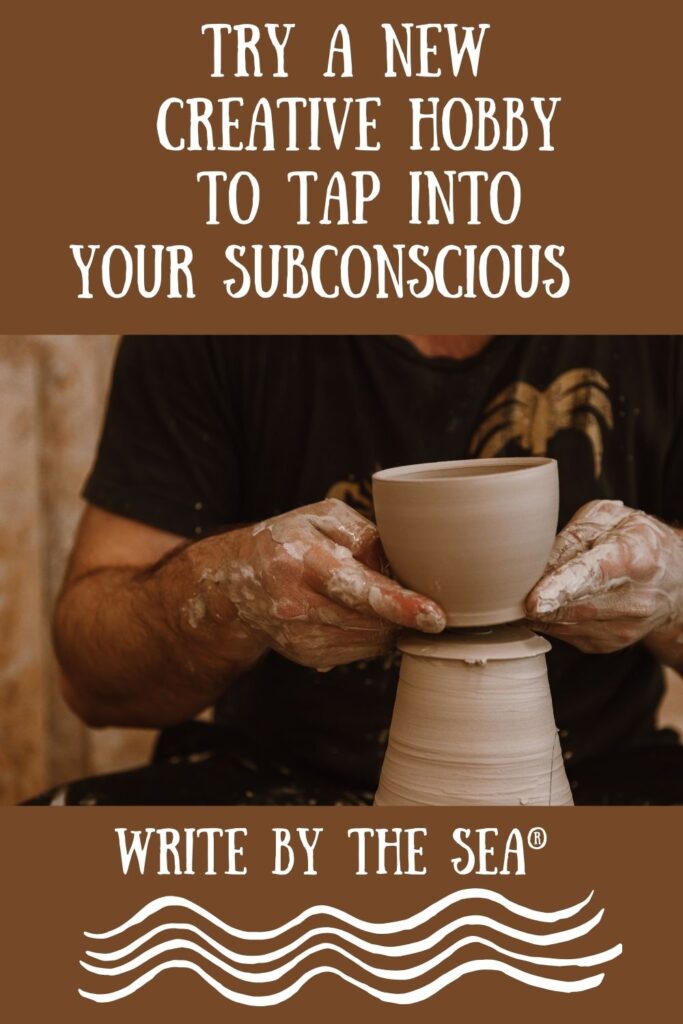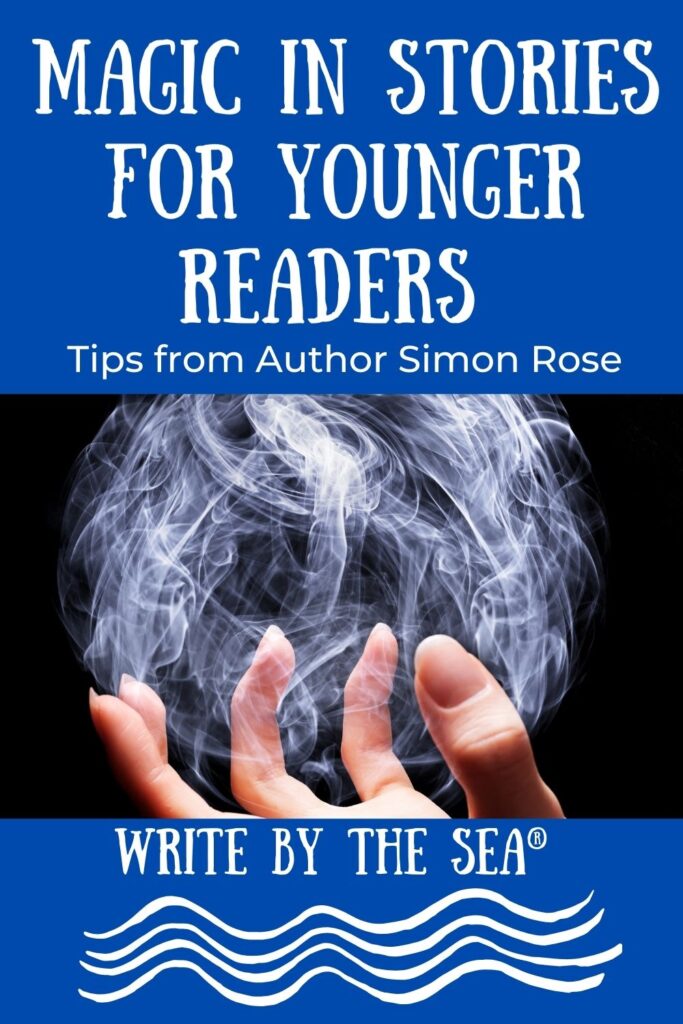
A Guest Post from Joanne M. Lozar Glenn
If you are ready to create a memoir but not so sure how to get started, then this post is for you.
Many people want to preserve their family history but don’t think they have the time or the energy for such a daunting task.
Breathe easy!
Creating a memoir can be easier than you think.
Here’s why: A memoir does not have to include everything about a life.
In fact, it shouldn’t.
There is no “A” (for autobiography) in m-e-m-o-i-r! (Neither is there a “B” for biography!)
What a relief—you can now let go of the idea that your memoir must include every life event that you or the person or family whose story you’re telling experienced.
So if memoirs are not autobiography or biography, what exactly are they?
In other words, what makes a memory, or a group of memories, a memoir?
First, memoir is a slice of life.
Any of us can write more than one memoir, because we have multi-dimensional lives.
You could create a memoir about your life as a parent, or a memoir that represents your career, or a memoir about your divorce.
Secondly, that slice of life has a theme that links individual stories together.
You can think of a theme as a focusing idea or a “thread” that runs through the tapestry of your life.
Three examples:
• A talented cook decides to assemble a cookbook of recipes commemorating her “mixed” culinary heritage (she is both Jewish and Italian).
The recipes will be for foods eaten to celebrate Jewish and Italian holidays, and will include brief stories about the relatives who gave her the recipes, including one about the weathered wooden spoon she inherited from her grandmother.
Notice that she does not include a recipe for her famous sweet-potato French fries, because that doesn’t fit the theme.
• A man dies in an accident. His sister decides to use scraps of his clothing in a quilt that will honor his life and be a keepsake for his son.
• A woman decides to focus on her career as one of the first female pilots in the Air Force.
The “thread” is everything that connects to being a female pilot in a male-dominated field, including the frustrations, struggles, and triumphs.
Finally, because memories involve “looking backward,” a memoir involves reflection: an insight or “life lesson” you learned as a result of your experience.
It’s the kind of story you might tell at the kitchen table to a friend while the two of you are sipping tea or to one of your children while you are doing chores together.
The telling might reveal how you changed or grew in your understanding of yourself. Often, the telling gives you a deeper understanding of others, too.
The thing to remember: A memoir is always two stories—what happened, and the meaning it has for you.
Your memoir could be as sweeping as escaping a war or as enchantingly small as “the day we met.”
Now let’s look at those examples of memoir again.
Did you notice that, with one exception, they aren’t what we typically think of as “memoir”?
That’s right—you can tell your story in a form that makes sense to you, using interests and skills you already have.
You can make a cookbook memoir, or even something as simple as write down a recipe with a story to go along with it.
You can make a quilt that celebrates a life or tells a story.
You can write a book.
You can make a graphic novel—telling your story in words and in pictures you draw yourself.
You can tell your life story with a scrapbook.
You can record your stories as a video interview or a video collage with your voice doing the narration.
No matter what form you choose for your memoir, you’ll probably follow similar steps:
1. Decide your goal.
2. Gather your materials, including the artifacts you want to work with.
3. Decide what theme or focus you want your memoir to have.
4. Decide how you want to organize it.
5. Supplement with research, photographs, or whatever you need to achieve your vision, including asking someone to work with you on it, if that might make it easier/more fun for you.
Start small for a quick feeling of accomplishment.
Then as you become more comfortable, expand your goals.
Whatever you learn in completing a “mini-memoir” you can always transfer to a bigger project—and even invent your own.
Memories fade, and if not preserved, they’re lost forever.
But when you turn your memories into memoir, you build the bridge between the past and the future.
It’s your way of saying, “I was here. I mattered.”
About Joanne M. Lozar Glenn
Joanne M. Lozar Glenn co-authored the book Memoir Your Way: Tell Your Story Using Writing, Recipes, Quilts, Graphic Novels, and More (New York: Skyhorse Press, 2016), available at Amazon.com, Target.com, Jet.com, and Michaels® Stores.
Don’t forget to join our mailing list!
Just fill in your name and email address, below:










Thanks, Joanne, for your article; a volume of information in easy-to-understand language. I really appreciate the ideas you have outlined; I’ve jotted down several ideas to ponder as I write. Happy to pass this on.